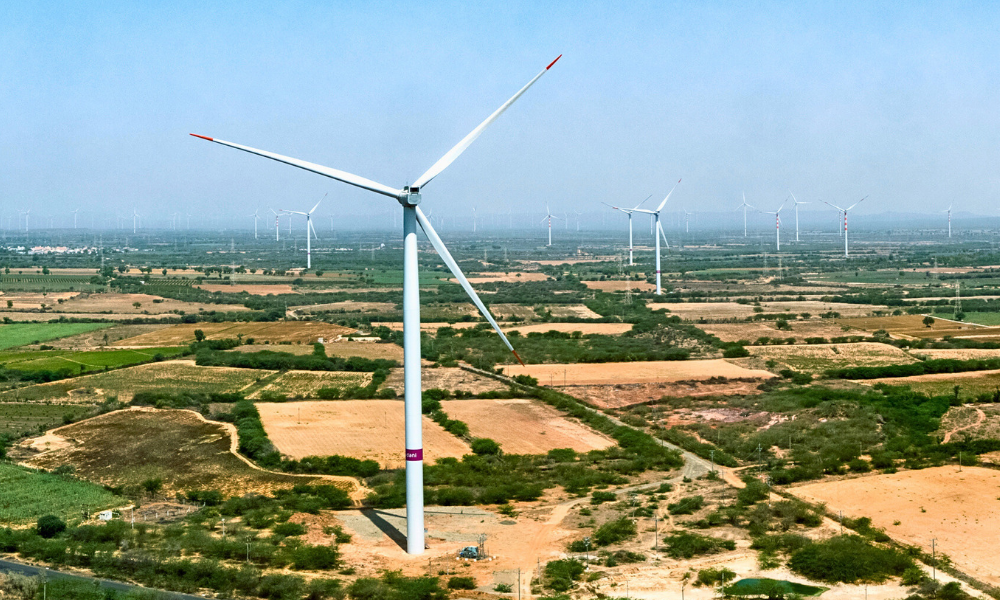
The project is expected to generate 1,091 million electricity units annually, which could reduce CO2 emissions by around 0.8 million tonnes per year.
Operating India’s largest renewable energy portfolio of 9,604 MW, Adani Green Energy's operational assets are maintained and monitored by the cloud-based platform, the Energy Network Operations Centre (ENOC), which enables real-time monitoring and leverages analytics and machine learning setting benchmarks for industry-leading performance.
The Adani Energy Network Operation Centre (ENOC) is a cloud-based platform that uses machine learning, drones, and digital asset mapping to monitor project progress. It is a centralized location that manages and monitors energy dispatches from around the world in real time. The ENOC also aims to maximize the potential for scaling up the energy portfolio.
Wind energy is critical to India’s energy mix for grid balancing. The complementary nature of wind energy, integrated with solar and other sources, strengthens grid stability. According to the Ministry of New and Renewable Energy, India has the fourth highest wind installed capacity in the world. The National Institute of Wind Energy has estimated India’s gross wind power potential at 695.5 at 120 metres and 1163.9 GW at 150 metres above ground level.
Here are the key details about this project:
Project Capacity: The 300 MW wind project comprises two phases. The first phase of 174 MW was operationalized earlier, and the second phase of 126 MW has now been completed.
Annual Electricity Production: The entire 300 MW project is expected to produce approximately 1,091 million electricity units annually.
Environmental Impact: By generating clean energy, this wind project will help avoid approximately 0.8 million tons of CO2 emissions each year.















 IndianWeb2.com is an independent digital media platform for business, entrepreneurship, science, technology, startups, gadgets and climate change news & reviews.
IndianWeb2.com is an independent digital media platform for business, entrepreneurship, science, technology, startups, gadgets and climate change news & reviews.



